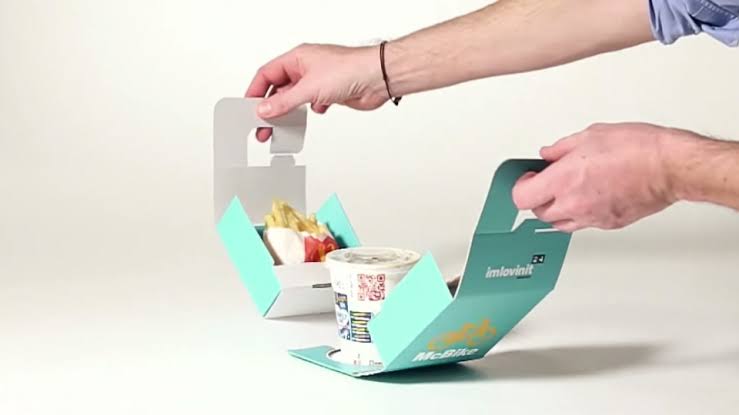From the cans of soup found on grocery store shelves to the latest beauty products, packaging is integral to our daily lives, hailing as an unsung hero within the consumer market. Over the years, various trends have shaped and reshaped this versatile industry. Let’s embark on a journey through time, tracing some of these impactful trends in packaging design and technology over the decades.
The Sophisticated 1920s
Dominated by glamor and elegance, the 1920s witnessed a radical shift in packaging trends. The focus drifted towards attracting customers with stylish designs and vivid colors. Leveraging newfound technologies, more brand logos started embellishing their containers. A key hallmark of this era was product differentiation achieved via decorative graphics and appealing containers.
The Versatile 1930s
With manufacturers recognizing consumer convenience as a significant catalyst driving sales, the 1930s were all about versatility. This era popularized set-up boxes thanks to their durability and potential for attractive designs. Cellophane also made its grand entrance into the packaging world during this period, revolutionizing food packaging.
The War-Inspired 1940s
Influenced by World War II and post-war rationing, there was a considerable focus on maximizing efficiency and cost-effectiveness during the 1940s. This era introduced composite cans to the market that prove instrumental in storing dry goods efficiently.
The Convenient 1950s
A decade marked by convenience above all else, added functionality became a key aspect of packaging in the 1950s. Innovations such as pull tabs on beer cans and aerosols transformed everyday products into convenient commodities, making life easier for consumers.
The Eye-Catching 1960s
Fueled by growing media influence and rising competition, the 1960s saw a surge in bold colors and kitschy designs in packaging. It aimed to be visually stimulating to stand out on the retail shelves and capture consumer attention.
The Green 1970s
With a rising societal focus on environmental impact, packaging in the 1970s started adopting eco-friendly practices. Recycled materials gathered steam, and biodegradable packaging made a debut, marking the onset of green trends that continue to impact the industry today.
The Informative 1980s
Transparency took center stage in the 1980s. Detailed information about ingredients, production methods, and potential hazards became a common sight on packaging labels, fostering trust among consumers about product safety and quality.
The Diverse 1990s
This decade was characterized by diversity with a trend towards individuality and personal expression. Packaging designs ranged from minimalistic to complex patterns, mirroring the vast range of tastes among consumers.
The Minimalist 2000s
Marked by simplicity and elegance, minimalist design dominated the packaging scene in the early 2000s. With a growing belief that “less is more”, brands tap into minimalist packaging as an effective means of conveying sophistication and elegance.
The Sustainable 2010s
Perhaps one of the most revolutionary changes came with the rapidly expanding awareness of environmental issues. As sustainability became a global concern, reusable and recyclable materials rose dramatically in popularity within packaging designs during this decade.
Technological Innovations Impacting Packaging
No conversation about packaging trends can be complete without acknowledging the role of technological evolution in this space. Innovations like Augmented Reality, QR codes, and smart packaging have emerged as significant trends shaping the industry’s future.
The Future is Flexible
As we move forward into the 2020s and beyond, one trend that promises to stand out is flexible packaging. With benefits such as less material usage, reduced waste, and improved shipping efficiency, it appears to be a promising path forward for the industry.
Customization: The New Norm
Advancements in digital printing have given rise to personalization and customization in packaging. In an era where consumers desire personalized experiences more than ever, offering custom-designed packaging can open up new opportunities for businesses.
The Packaging Journey Continues
In retrospect, deciphering trends in the past suggests patterns for future growth. The journey of packaging stands as a testament to our evolving consumer needs and societal values. Irrespective of whichever decade we are talking about, the ultimate goal remains the same: delivering products safely and efficiently while engaging consumers effectively with appealing aesthetics.

